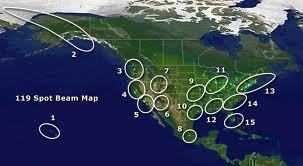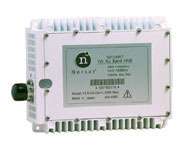Weather Satellite
A weather satellite is a satellite which is used by meteorologists to gather information about the weather. Weather satellites give meteorologists a view of weather patterns over a very large area. This enables meteorologists to track large weather patterns and make more accurate predictions of future weather behavior. In addition to visual monitoring, weather satellites …










